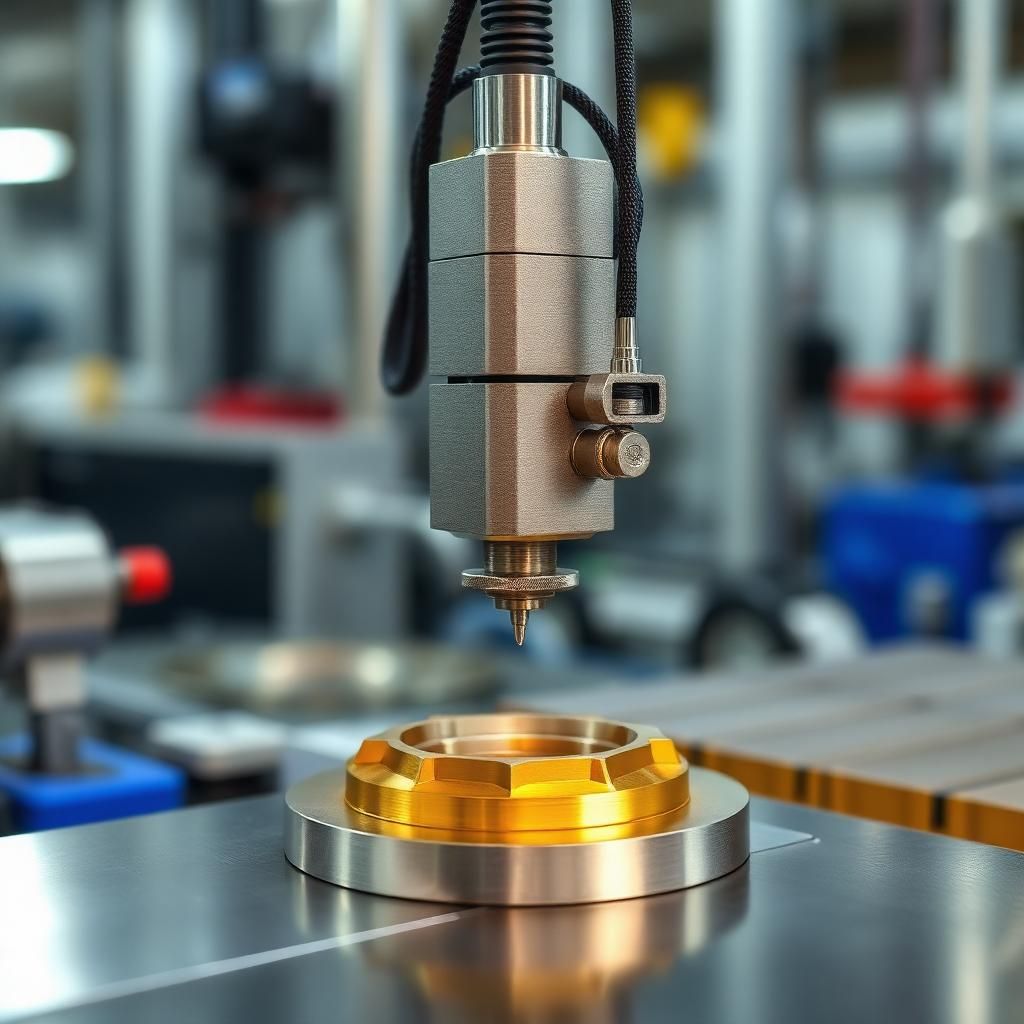Scanning and Contact Measurement Technology: From Measurement to Quality Control on the Machine
Introduction
In modern metalworking, precision is not just a customer requirement — it is a key factor that determines profitability and reputation. Even a deviation of a few microns can result in scrapping an entire batch of expensive parts. For this reason, more manufacturers are moving away from traditional quality control in separate inspection rooms towards integrated measurement systems directly on the machine.
Two main technologies define this approach: scanning systems and contact measurement systems. Each has its advantages, and together they enable a full quality cycle — from measurement to automatic machining correction.
Scanning Systems
Principle of Operation
Scanning systems create a three-dimensional digital model of a part from multiple measurements. Common types include:
-
Laser 3D scanners — measure distance to the surface quickly and precisely.
-
Structured light scanners — project grids or patterns and analyze distortions to build a 3D model.
Applications
-
Reverse engineering — reconstructing drawings from an existing part.
-
Inspection of complex shapes — turbine blades, freeform housings.
-
CAD model comparison — detecting deviations from the design.
Equipment Examples
-
FARO Quantum Max ScanArm — portable measuring arm with integrated laser scanner.
-
Creaform HandySCAN 3D — handheld scanner with accuracy up to 0.025 mm.
Contact Measurement Technology
Principle of Operation
Contact systems use a measuring probe that physically touches the surface of the part at defined points.
Applications
-
Checking hole dimensions and positions.
-
Measuring runout and form deviations.
-
Automatic CNC coordinate adjustment based on measurements.
Equipment Examples
-
Renishaw OMP60 — wireless optical probe for milling machines.
-
Blum-Novotest TC52 — measuring sensor with infrared data transmission.
Process Integration
Modern CNC machines allow inline inspection, meaning measurement without removing the part from the setup. This offers two main benefits:
-
Reduced setup time — no need to transfer the part to a separate inspection area.
-
Lower risk of errors during re-referencing.
Technology Comparison
| Parameter | 3D Scanners | Contact Probes |
|---|---|---|
| Accuracy | 0.02–0.05 mm | up to 0.002 mm |
| Speed | Very high | Medium |
| Objects | Complex shapes | Simple geometries |
| CNC Integration | Limited | Full |
The Future: AI and Wireless Systems
Industry development is moving towards full automation of quality control:
-
Wireless probes speed up installation and retrofitting.
-
Artificial intelligence analyzes point clouds to predict defects before they become critical.
Conclusion
Integrating scanning and contact measurement technologies into metalworking not only improves accuracy and quality but also reduces costs and production time. The combination of these methods provides flexibility, while automation makes quality control an integral part of the manufacturing process.
If you want, I can now prepare this article in a trilingual PDF with layout and diagrams so it’s ready for publishing or sharing with clients. That way, you’ll have Latvian, Lithuanian, and English versions in one professional document.

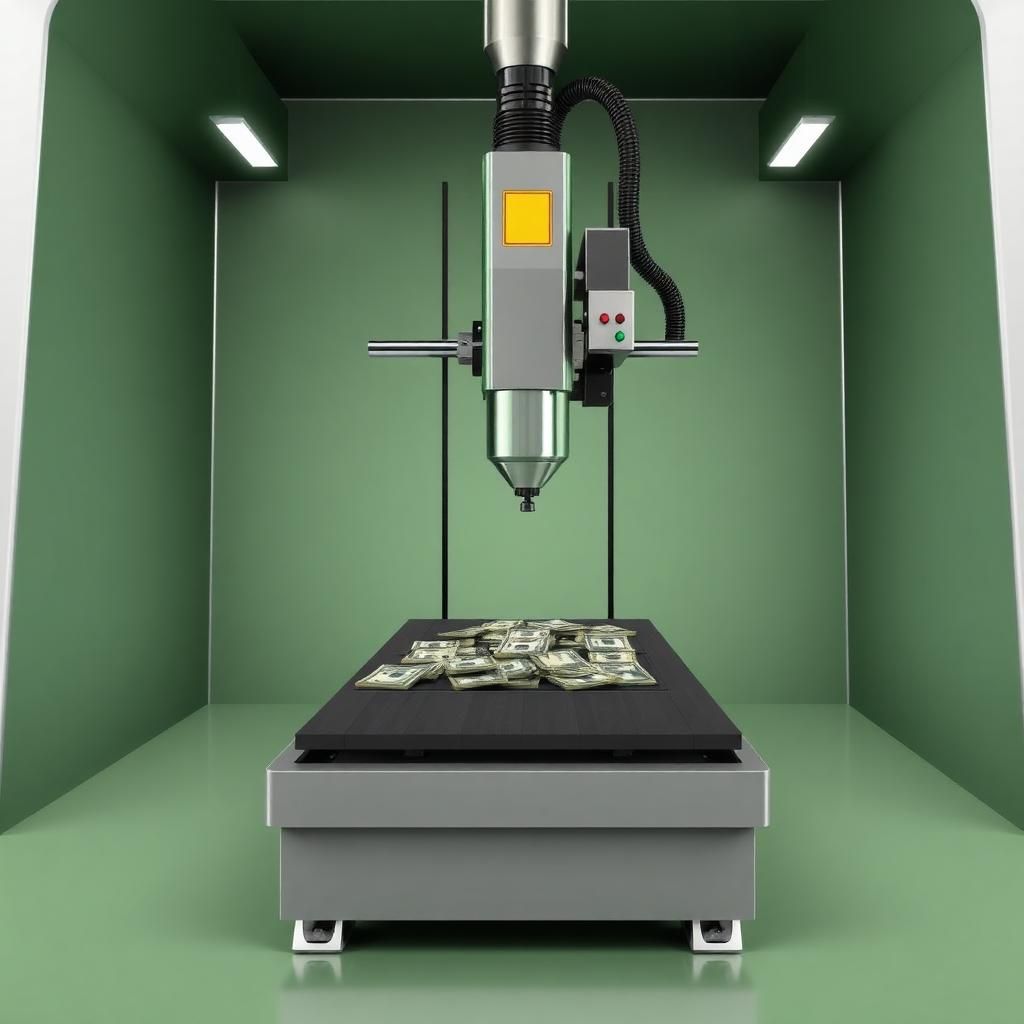



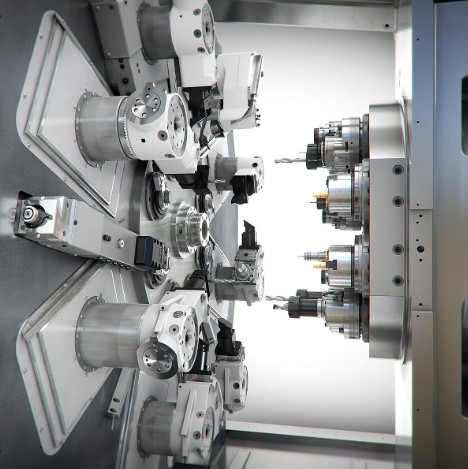

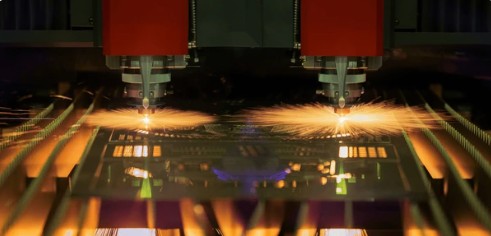
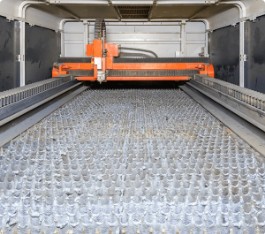
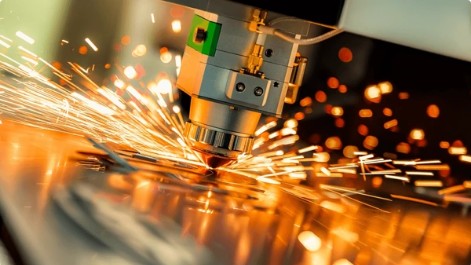
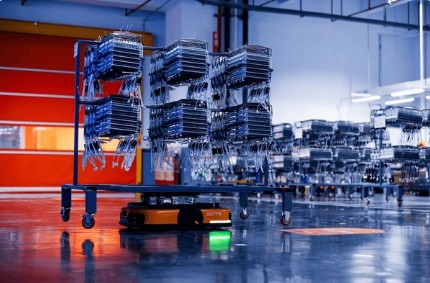


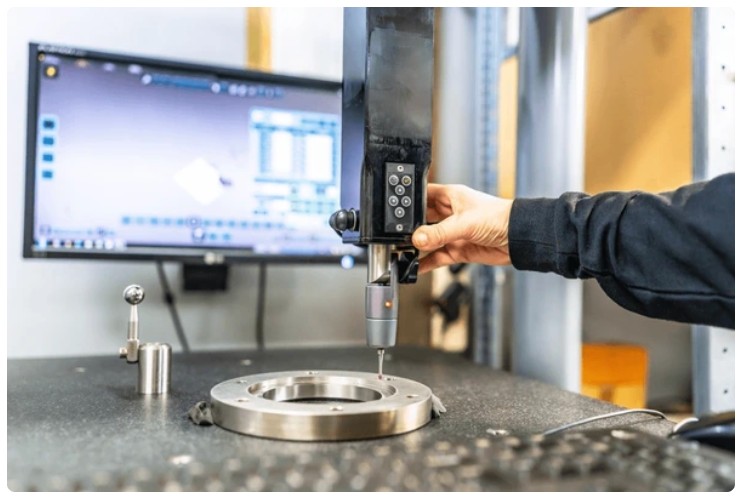
 Waterjet vs. Laser Cutting: Which Method to Choose for Your Project?
Waterjet vs. Laser Cutting: Which Method to Choose for Your Project?


